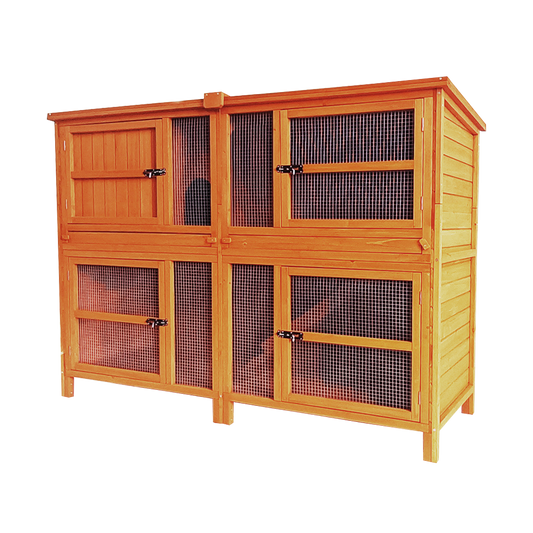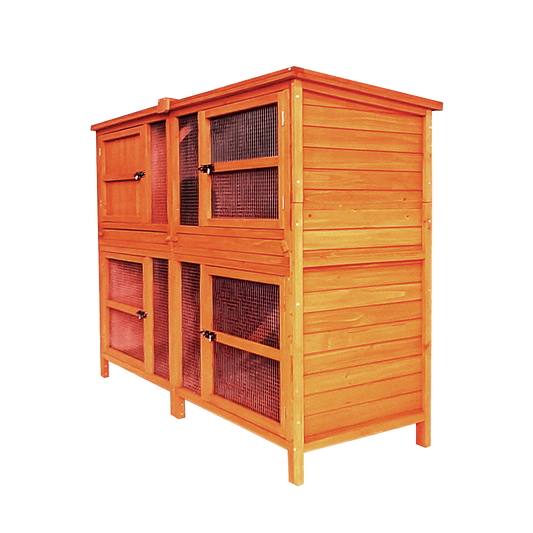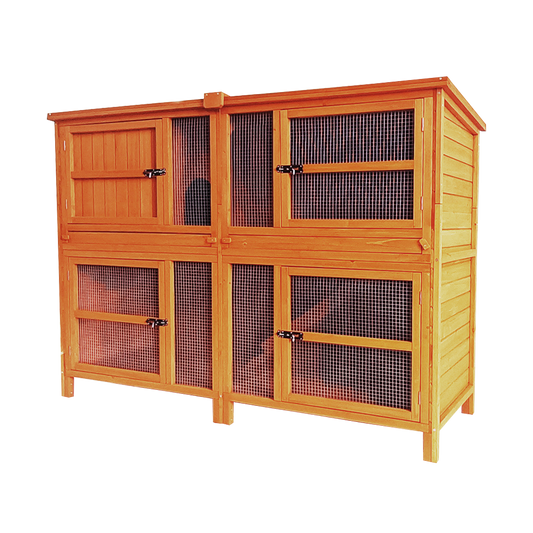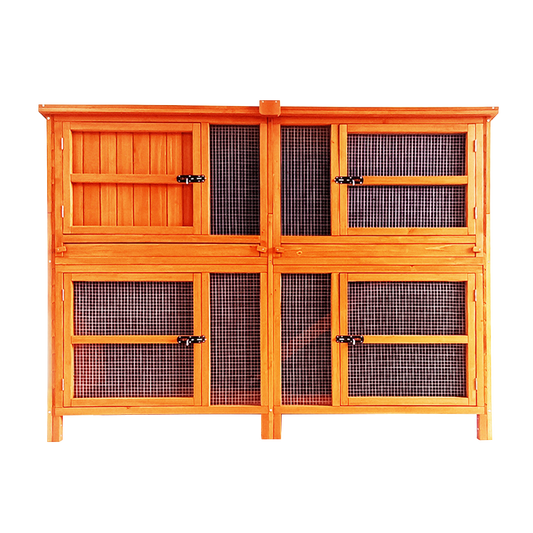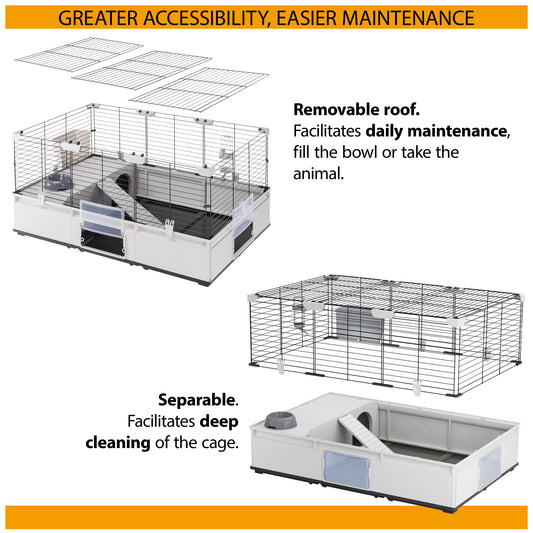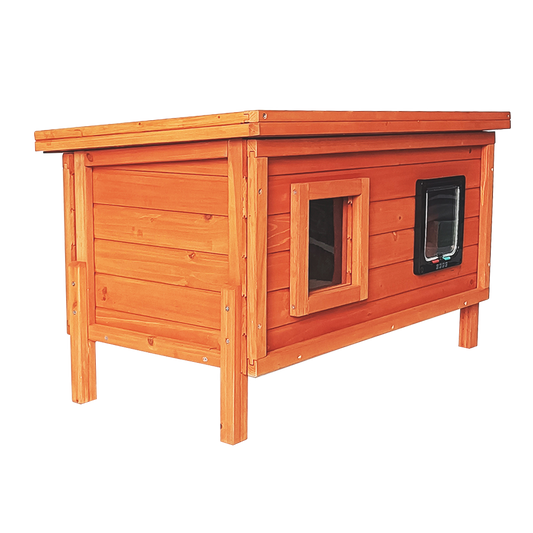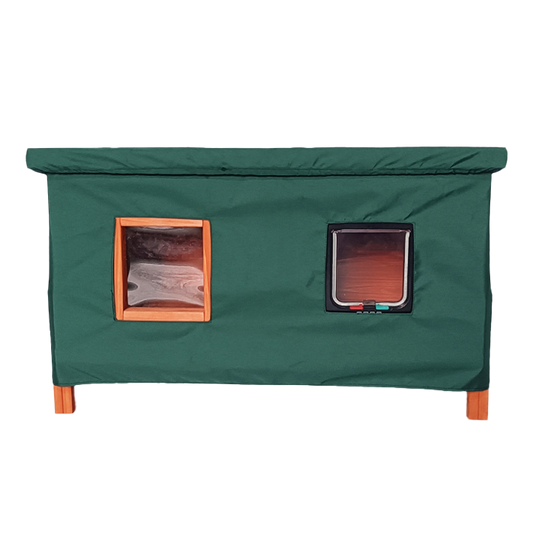Congratulations on your decision to welcome a new cat into your family. You have years of fun, affection and cute cat moments to look forward to! To help you plan for your new arrival we have put together a 'new cat starter pack' plus a series of top tips to ensure you and your feline friend get off on the right foot, or should we say paw?
Choosing Your New Cat
Picking your new family member isn't an easy task as you want to make sure it will be happy living with you. Some people choose to adopt a cat from a rescue shelter as they love the idea of giving a cat a second chance and there really is nothing better than seeing your new pet purring away on your lap, knowing that you turned this cat's life around for the better! Some may choose to purchase from a breeder if they have their mind set on a particular breed and may wish to re-home an ex-breeding or ex-showing cat.
Others may re-home from a friend or family member. However you decide to adopt or re-home your new pet, make sure you visit it and ask plenty of questions to ensure you're the perfect fit for one another. If you have a young family take them with you too as some cats may be frightened of small children so it wouldn't be fair to bring a timid cat who just wants a quiet life into a household full of noisy, hyperactive kids! It is also important to take into account any other pets that you may have, as the new cat will need to be comfortable living with them and vice-versa.
Indoor Cat vs Outdoor Cat
One consideration that is worthy of some thought before welcoming a new furry family member into the home is whether you intend for your cat to grow up to be an indoor or an outdoor cat. Certain breeds are considered to be more adapted to life indoors based on their build, energy levels and lack of “street smarts” whereas other breeds can struggle if they do not have enough space to explore and stretch their legs. In addition, some breeds are more sociable and others less so. Size of the breed is also a factor as is coat length. Large cats need more space whilst long-haired cats require considerably more grooming than their short-haired cousins. This is particularly true if they are allowed to roam outdoors.
The topic of allowing cats outside can spark heated debates with advocates for both positions holding strong views. In built-up areas, there are many risks to cats that are allowed outside. Deaths or injuries from road traffic, poison and fights with rival cats and other animals are not insignificant. For that reason, the life span of an outdoor cat can be considerably lower than that of an indoor cat that is sheltered from these dangers.
A good compromise to this is a catio. A catio is an outdoor space for a cat which is still protected from the outside world meaning that your feline friend will not be able to escape. Catios can be as small as a window box and as large as your garden permits. Oftentimes catios will feature a combination of holding pens and walkways which your cat can use to navigate their way around. With a catio, your cat will be able to be closer to nature and feel the wind through its whiskers and the sun on its back, and you will have peace of mind knowing your pet can’t get into harm’s way.
It is important to remember that if you do decide to let your cat outdoors, wait at least three or four weeks after it arrives as it may run away looking for its previous home or get lost and scared. Make sure you have bonded with your cat and it considers your house a home before even considering letting them venture outside. Fitting a cat flap is a great idea as it gives your cat the freedom to come and go as it pleases but it can also be locked if you want to keep your cat safely indoors at night or on rainy days.
Vet Care for Cats
If possible, it’s a good idea to identify a vet before you bring your cat home. Once you bring your cat home you will still have time to find one but if you’ve already done this it’s one less thing to do. Your vet will be able to advise you on the correct schedule for your cat's vaccinations, cat flea and worming treatments if these haven't already been done. Dental and gum health is an issue for older cats. You can establish some good habits early on by getting a kitten used to the idea of you brushing their teeth but if adopting an adult cat then it may be trickier. In this case, we recommend feeding dried cat food alongside wet cat food to ensure your adult cat gets the benefit of crunchy biscuits which help clean the teeth plus the bonus of wet food to keep them well hydrated.
Your Cat's First Day at Home
Your new cat will be nervous when you bring it home for the first time. Unfamiliar sounds and smells will contribute to this so when you undo the latch on your cat carrier don’t be in any rush for your new family member to come out. Cats are naturally inquisitive so as long as you maintain a calm demeanour it will waste little time before beginning to explore. As your cat begins to get its bearings try to avoid sudden movements and loud noise. If you have children be aware that an innocent squeal of delight might startle your new pet. Some cats are more confident than others and those that have been adopted from a rescue shelter may have had negative experiences in the past so its important you don't expect too much too soon and just allow your cat to explore in its own time.
Keeping your Cat Entertained
Cats on the whole are naturally inquisitive and can amuse themselves with the most mundane household items such as a toilet roll tube, a cardboard box or a length of string. They respond to movement and games which imitate their natural desire to stalk for prey so laser pointers and catnip-filled-mice are popular. Cat activity scratchers can provide much amusement as cats love to use them to keep their claws in shape, jump on and even snooze the day away. Toys can also be combined with feeding to once again stimulate your cat's natural instincts to hunt and they love to use their paws to locate juicy morsels so whether hidden in a dedicated feeding system or simply dropped into a series of cardboard tubes stuck together you can be sure it will keep them amused.
What Should You Feed Your Cat?
You will find a variety of cat food on the market covering wet cat food, dry cat food and raw varieties. It is beyond the scope of this article to address each one but it’s worth remembering that cats are obligate carnivores and do best when given food with a very high meat content percentage. It is also advisable to provide cat food at room temperature or even a little warmer. Cats over seven years of age are often considered 'senior' so select a senior cat food if your pet is seven or older.
Keeping Your Cat Hydrated
One advantage of wet cat food is it provides more moisture in your cat’s diet which is important for kidney health – a common issue with cats in later life. By adding a tablespoon or two of warm water to your cat’s wet food you can raise its temperature slightly and increase its moisture content at the same time. If you are planning to try a new brand of cat food, it’s best to gradually transition to the new composition by altering the ratio between old cat food and new cat food over the course of a week or so. Cat water fountains are also great at keeping your pet hydrated as cats tend to love drinking from running water.
Shop water bowls and fountains
Get Your Cat Used To Grooming
Depending on the breed, cats may need to be groomed daily or just occasionally. Long-haired breeds need more grooming to prevent matting and shedding. Each cat is slightly different, but most have particular areas where they are particularly sensitive. Not all cats enjoy having their bellies rubbed for example. Cats are very independently minded, and it can sometimes take a while to earn their trust and affection, but you will be rewarded if you play it cool! Grooming gloves are great at slowly getting an adult cat used to being groomed as they'll think you're just petting them!
Litter Trays
The suggested formula for the number of cat litter trays you need is the number of cats in a household + 1. So for one cat you'll need two cat litter trays, two cats, three cat litter trays and so on. You may find your cat prefers an open-sided cat litter tray although some are OK with closed cat litter trays too so a little experimenting may be required at first. Of course, if you are going to let your cat outside once it is safe to do so, it may no longer need or use an indoor cat litter tray but we advise keeping one in the house for at least the first few months so your cat has the choice.
Shop litter trays and accessories
Essentials for Cats
Finally, we have compiled a list of our top 10 feline must-haves to ensure you and your cat get off to the best possible start:
- Cat feeding bowls
- Cat water bowl or Cat fountain
- Cat travel carrier
- Cat wet food and/or dry cat food
- Cat litter tray, scoop and cat litter
- Cat toys
- Cat collar
- Cat scratching post and cat beds
- Grooming kit
- Feliway diffuser starter pack
We’ve got everything you need to ensure your new furry family member is happy and healthy - check out our cat range.
Here are more new cat articles:
Cat Shedding - How To Handle The Hair












